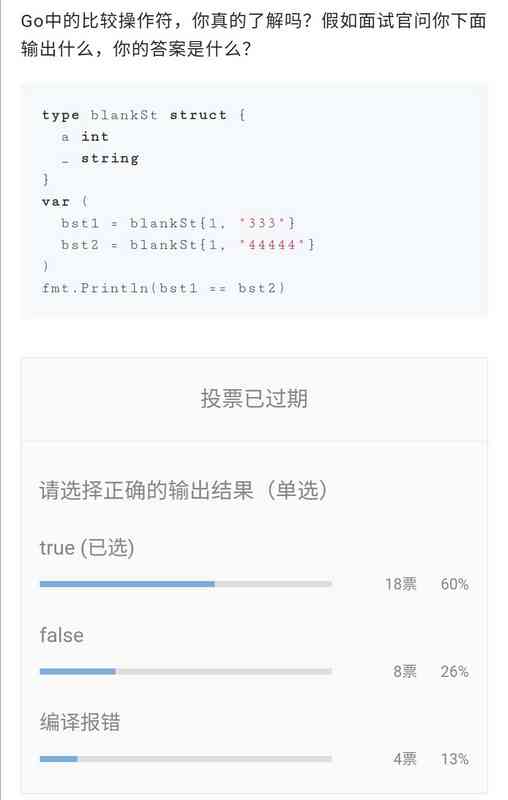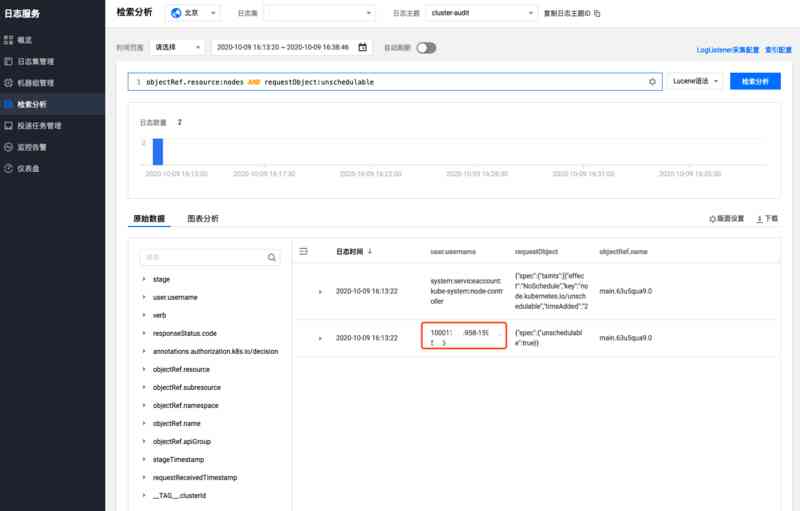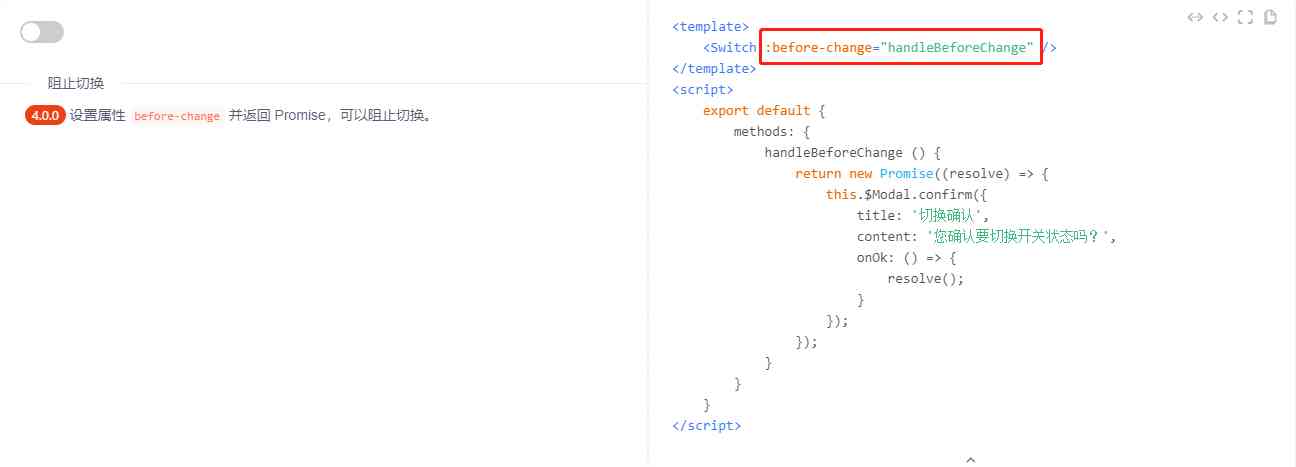brief introduction
Dashboard yes kubernetes Graphical management tools for , It can be seen intuitively that k8s The current operation of each type of controller in , as well as Pod Log , In addition, you can also directly in dashboard Modify the resource list of existing resources in .
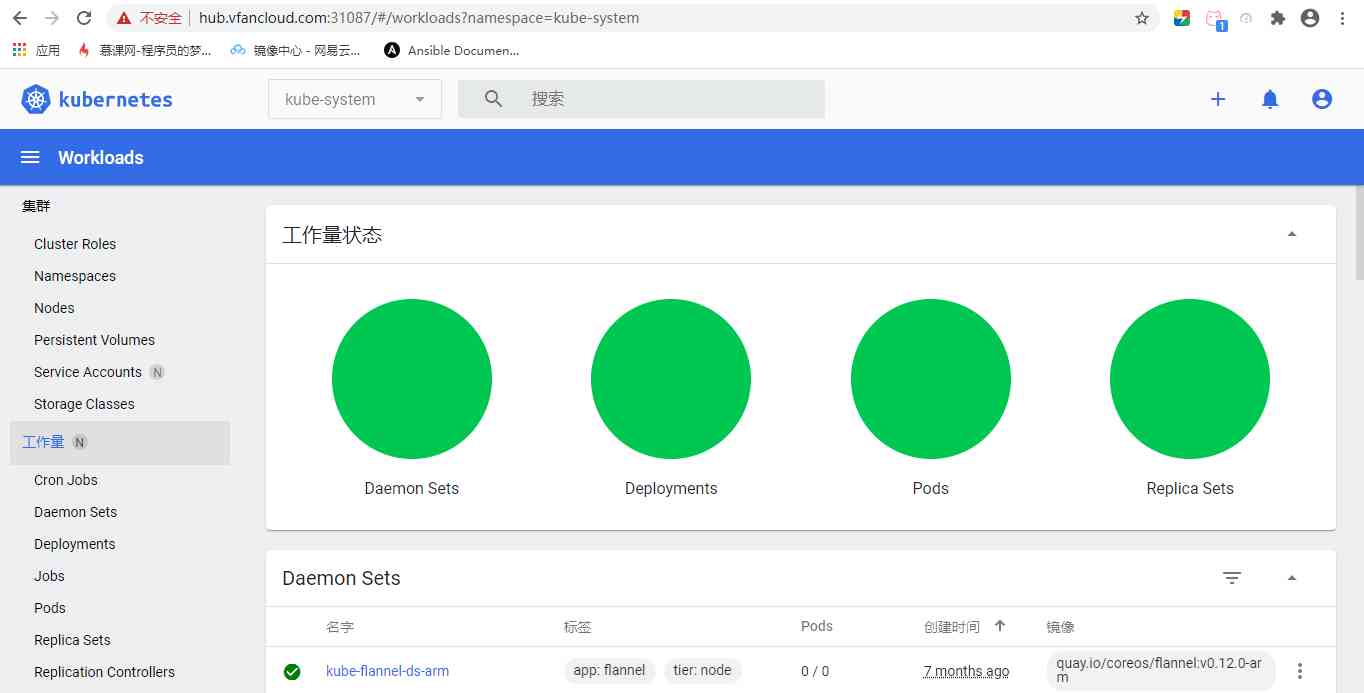
install
# install helm Of repo Source helm repo add k8s-dashboard https://kubernetes.github.io/dashboard # install Dashboard, Be careful : To install to kube-system Only in the name space can you control the whole cluster [root@Centos8 ~]# helm install k8s-dashboard/kubernetes-dashboard --version 2.6.0 -n k8s-dashboard --namespace kube-system NAME: k8s-dashboard LAST DEPLOYED: Sat Sep 12 11:43:46 2020 NAMESPACE: kube-system STATUS: DEPLOYED RESOURCES: ==> v1/ClusterRole NAME AGE k8s-dashboard-kubernetes-dashboard-metrics 0s ==> v1/ClusterRoleBinding NAME AGE k8s-dashboard-kubernetes-dashboard-metrics 0s ==> v1/ConfigMap NAME DATA AGE k8s-dashboard-kubernetes-dashboard-settings 0 1s ==> v1/Deployment NAME READY UP-TO-DATE AVAILABLE AGE k8s-dashboard-kubernetes-dashboard 0/1 1 0 1s ==> v1/Pod(related) NAME READY STATUS RESTARTS AGE k8s-dashboard-kubernetes-dashboard-6d5c6c747f-zgz79 0/1 ContainerCreating 0 1s ==> v1/Role NAME AGE k8s-dashboard-kubernetes-dashboard 0s ==> v1/RoleBinding NAME AGE k8s-dashboard-kubernetes-dashboard 0s ==> v1/Secret NAME TYPE DATA AGE k8s-dashboard-kubernetes-dashboard-certs Opaque 0 1s kubernetes-dashboard-csrf Opaque 0 1s kubernetes-dashboard-key-holder Opaque 0 1s ==> v1/Service NAME TYPE CLUSTER-IP EXTERNAL-IP PORT(S) AGE k8s-dashboard-kubernetes-dashboard ClusterIP 10.111.75.108 <none> 443/TCP 1s ==> v1/ServiceAccount NAME SECRETS AGE k8s-dashboard-kubernetes-dashboard 1 1s NOTES: ********************************************************************************* *** PLEASE BE PATIENT: kubernetes-dashboard may take a few minutes to install *** ********************************************************************************* Get the Kubernetes Dashboard URL by running: export POD_NAME=$(kubectl get pods -n kube-system -l "app.kubernetes.io/name=kubernetes-dashboard,app.kubernetes.io/instance=k8s-dashboard" -o jsonpath="{.items[0].metadata.name}") echo https://127.0.0.1:8443/ kubectl -n kube-system port-forward $POD_NAME 8443:8443
In the echo, you can see , stay kube-system Under the name space is k8s Create cluster ClusterRole、ClusterRoleBinding、ConfigMap、Deployment、Pod(related)、Role、RoleBinding、Secret、Service and ServiceAccount And so on
Details available helm The official manual :https://hub.helm.sh/charts/k8s-dashboard/kubernetes-dashboard
View yes Pod Whether it starts normally
[root@Centos8 dashboard]# kubectl get pod -n kube-system NAME READY STATUS RESTARTS AGE k8s-dashboard-kubernetes-dashboard-6d5c6c747f-zgz79 0/1 ImagePullBackOff 0 2m59s
Find out Pod Status as ImagePullBackOff , Because of the mirror image , Take a look at the required image :
[root@Centos8 dashboard]# kubectl describe pod k8s-dashboard-kubernetes-dashboard-6d5c6c747f-zgz79 -n kube-system Normal BackOff 72s (x7 over 3m13s) kubelet, testcentos7 Back-off pulling image "kubernetesui/dashboard:v2.0.3"
Import the image manually , And pass in all the node The node can be :
[root@Centos8 dashboard]# docker pull kubernetesui/dashboard:v2.0.3 v2.0.3: Pulling from kubernetesui/dashboard d5ba0740de2a: Pull complete Digest: sha256:45ef224759bc50c84445f233fffae4aa3bdaec705cb5ee4bfe36d183b270b45d Status: Downloaded newer image for kubernetesui/dashboard:v2.0.3
Look again Pod state , The normal operation :
[root@Centos8 ~]# kubectl get pod -n kube-system NAME READY STATUS RESTARTS AGE k8s-dashboard-kubernetes-dashboard-6d5c6c747f-zgz79 1/1 Running 0 102s
To configure
modify service Of type The type is Nodeport, Make it accessible externally
# The default is ClusterIp [root@Centos8 ~]# kubectl get svc -n kube-system NAME TYPE CLUSTER-IP EXTERNAL-IP PORT(S) k8s-dashboard-kubernetes-dashboard ClusterIP 10.111.75.108 <none> 443/TCP # modify [root@Centos8 ~]# kubectl edit svc k8s-dashboard-kubernetes-dashboard -n kube-system ... ports: - name: https nodePort: 30001 type: NodePort ... service/k8s-dashboard-kubernetes-dashboard edited # Modification successful [root@Centos8 ~]# kubectl get svc -n kube-system NAME TYPE CLUSTER-IP EXTERNAL-IP PORT(S) k8s-dashboard-kubernetes-dashboard NodePort 10.111.75.108 <none> 443:30001/TCP
Dashboard The default is https
visit
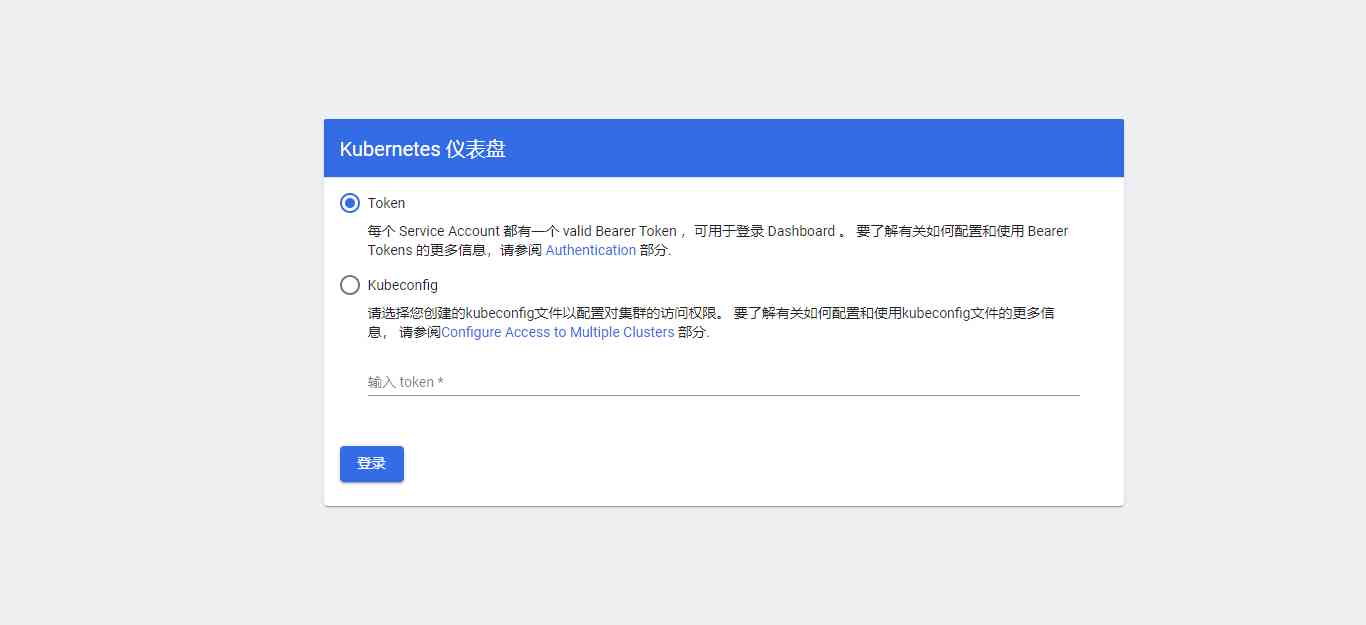
Prompt selection is to use Token How to connect or Kubeconfig Way to connect , Look at your mood .
Use... Here Token Connect , see Token Method :
[root@Centos8 ~]# kubectl get secret -n kube-system |grep dashboard k8s-dashboard-kubernetes-dashboard-certs Opaque 0 k8s-dashboard-kubernetes-dashboard-token-xpjj8 kubernetes.io/service-account-token 3 [root@Centos8 ~]# kubectl describe secret k8s-dashboard-kubernetes-dashboard-token-xpjj8 -n kube-system | grep token Name: k8s-dashboard-kubernetes-dashboard-token-xpjj8 Type: kubernetes.io/service-account-token token: eyJhbGciOiJSUzI1NiIsImtpZCI6IiJ9.eyJpc3MiOiJrdWJlcm5ldGVzL3NlcnZpY2VhY2NvdW50Iiwia3ViZXJuZXRlcy5pby9zZXJ2aWNlYWNjb3VudC9uYW1lc3BhY2UiOiJrdWJlLXN5c3RlbSIsImt1YmVybmV0ZXMuaW8vc2VydmljZWFjY291bnQvc2VjcmV0Lm5hbWUiOiJrOHMtZGFzaGJvYXJkLWt1YmVybmV0ZXMtZGFzaGJvYXJkLXRva2VuLXhwamo4Iiwia3ViZXJuZXRlcy5pby9zZXJ2aWNlYWNjb3VudC9zZXJ2aWNlLWFjY291bnQubmFtZSI6Ims4cy1kYXNoYm9hcmQta3ViZXJuZXRlcy1kYXNoYm9hcmQiLCJrdWJlcm5ldGVzLmlvL3NlcnZpY2VhY2NvdW50L3NlcnZpY2UtYWNjb3VudC51aWQiOiI1YjRjMzViYi02Mzc3LTRhY2EtYWY0Yy1mZmQyYjg2OWFmM2YiLCJzdWIiOiJzeXN0ZW06c2VydmljZWFjY291bnQ6a3ViZS1zeXN0ZW06azhzLWRhc2hib2FyZC1rdWJlcm5ldGVzLWRhc2hib2FyZCJ9.WTibcCYSOqTpfyTBT6vqsHULTfmWh3TU3NcQHIf-yZw-r5pdd2H5Edz4VqG6d_Ef1zwCzD6Burvdq80gQps7Ju9FdxLl_cjNgq6r9fycaYUMIedrgof7w43BIyBiwh064f3SFpJuZToVxErdHBnLToDpiNjJ0rbsn79oRufA6VRbqA0ogstcFfZ55lWGuEZ7JoDOUH_vno1geZQvk8LJLfd75EeMEBaq_F7I_7go5cydPvi11Sm3hKigOY53wwsBlvNJ3FlTfZMAxPb5IP024cJB-zXXdZjiUDGzeagcwAqrKdKwZl78RW1q0VXM5QwtL08dOBDgoOHMFeiSkeEjyw
take Token Paste the value of into the web page , Click login to .
however , By default , Go straight into , It does not have access to the entire cluster itself , So we have to deal with dashborad Of SA Carry out a ClusterRoleBinding The operation of :
vim dashbindins.yaml
apiVersion: rbac.authorization.k8s.io/v1 kind: ClusterRoleBinding metadata: name: dashboard-1 subjects: - kind: ServiceAccount name: k8s-dashboard-kubernetes-dashboard namespace: kube-system roleRef: kind: ClusterRole name: cluster-admin apiGroup: rbac.authorization.k8s.io
take cluster-admin Give permission to the name k8s-dashboard-kubernetes-dashboard Of SA,cluster-admin Is the default role of the cluster , Have all permissions for the entire cluster , If there are personalized needs , Define one for yourself ClusterRole It's OK, too
Binding :
[root@Centos8 dashboard]# kubectl create -f dashbindins.yaml clusterrolebinding.rbac.authorization.k8s.io/dashboard-1 created
When the binding is complete , Refresh again dashboard The interface of , You can see the resources of the entire cluster .
Personalized parameters
Dashboard By default https In the form of , as everyone knows ,https You need to bind the certificate , Let's go directly through helm Method is installed with auto binding config Certificate in file :
crt:grep 'client-certificate-data' ~/.kube/config | head -n 1 | awk '{print $2}' | base64 -d kry:grep 'client-key-data' ~/.kube/config | head -n 1 | awk '{print $2}' | base64 -d >> kubecfg.key
But if we want to define our own https certificate , We can create dashboard When using the method of specifying variables :
First the dashboard Download the file :
[root@Centos8 dashboard]# helm fetch k8s-dashboard/kubernetes-dashboard [root@Centos8 dashboard]# ls kubernetes-dashboard-2.6.0.tgz [root@Centos8 dashboard]# tar zxvf kubernetes-dashboard-2.6.0.tgz [root@Centos8 kubernetes-dashboard]# ls charts Chart.yaml README.md requirements.lock requirements.yaml templates values.yaml
Create a variable file :
vim dashboardvaluse.yaml
image: repository: k8s.gcr.io/kubernetes-dashboard-amd64 # Specify the repository tag: v1.10.1 # Specify the version ingress: enabled: true #ingress Open or not hosts: - k8s.vfancloud.com # Specify domain name annotations: nginx.ingress.kubernetes.io/ssl-redirect: "true" nginx.ingress.kubernetes.io/backend-protocol: "HTTPS" tls: # Appoint secret, That is to specify your certificate - secretName: repository-ssl hosts: - k8s.vfancloud.com rbac: clusterAdminRole: true
establish tls:kubectl create secret tls repository-ssl --key server.key --cert server.crt
After editing , Create with -f Specify this variable file :
[root@Centos8 kubernetes-dashboard]# helm install . --version 2.6.0 -n k8s-dashboard --namespace kube-system -f dashboardvaluse.yaml NAME: k8s-dashboard LAST DEPLOYED: Wed Sep 23 21:58:42 2020 NAMESPACE: kube-system STATUS: DEPLOYED RESOURCES: ==> v1/ClusterRole NAME AGE k8s-dashboard-kubernetes-dashboard-metrics 0s ==> v1/ClusterRoleBinding NAME AGE k8s-dashboard-kubernetes-dashboard-metrics 0s ==> v1/ConfigMap NAME DATA AGE k8s-dashboard-kubernetes-dashboard-settings 0 2s ==> v1/Deployment NAME READY UP-TO-DATE AVAILABLE AGE k8s-dashboard-kubernetes-dashboard 0/1 1 0 2s ==> v1/Pod(related) NAME READY STATUS RESTARTS AGE k8s-dashboard-kubernetes-dashboard-6d5c6c747f-5dkhj 0/1 ContainerCreating 0 1s ==> v1/Role NAME AGE k8s-dashboard-kubernetes-dashboard 0s ==> v1/RoleBinding NAME AGE k8s-dashboard-kubernetes-dashboard 0s ==> v1/Secret NAME TYPE DATA AGE k8s-dashboard-kubernetes-dashboard-certs Opaque 0 2s kubernetes-dashboard-csrf Opaque 0 2s kubernetes-dashboard-key-holder Opaque 0 2s ==> v1/Service NAME TYPE CLUSTER-IP EXTERNAL-IP PORT(S) AGE k8s-dashboard-kubernetes-dashboard ClusterIP 10.97.71.25 <none> 443/TCP 2s ==> v1/ServiceAccount NAME SECRETS AGE k8s-dashboard-kubernetes-dashboard 1 2s ==> v1beta1/Ingress NAME HOSTS ADDRESS PORTS AGE k8s-dashboard-kubernetes-dashboard hub.vfancloud.com 80, 443 2s NOTES: ********************************************************************************* *** PLEASE BE PATIENT: kubernetes-dashboard may take a few minutes to install *** ********************************************************************************* From outside the cluster, the server URL(s) are: https://hub.vfancloud.com
thus , The following steps are the same as those shown above , binding ClusterRole You can use https://hub.vfancloud.com Visit , The above variable file only specifies some values , Specific other optional variables can be viewed on the official website .
Use the domain name to access :https://hub.vfancloud.com:31087
